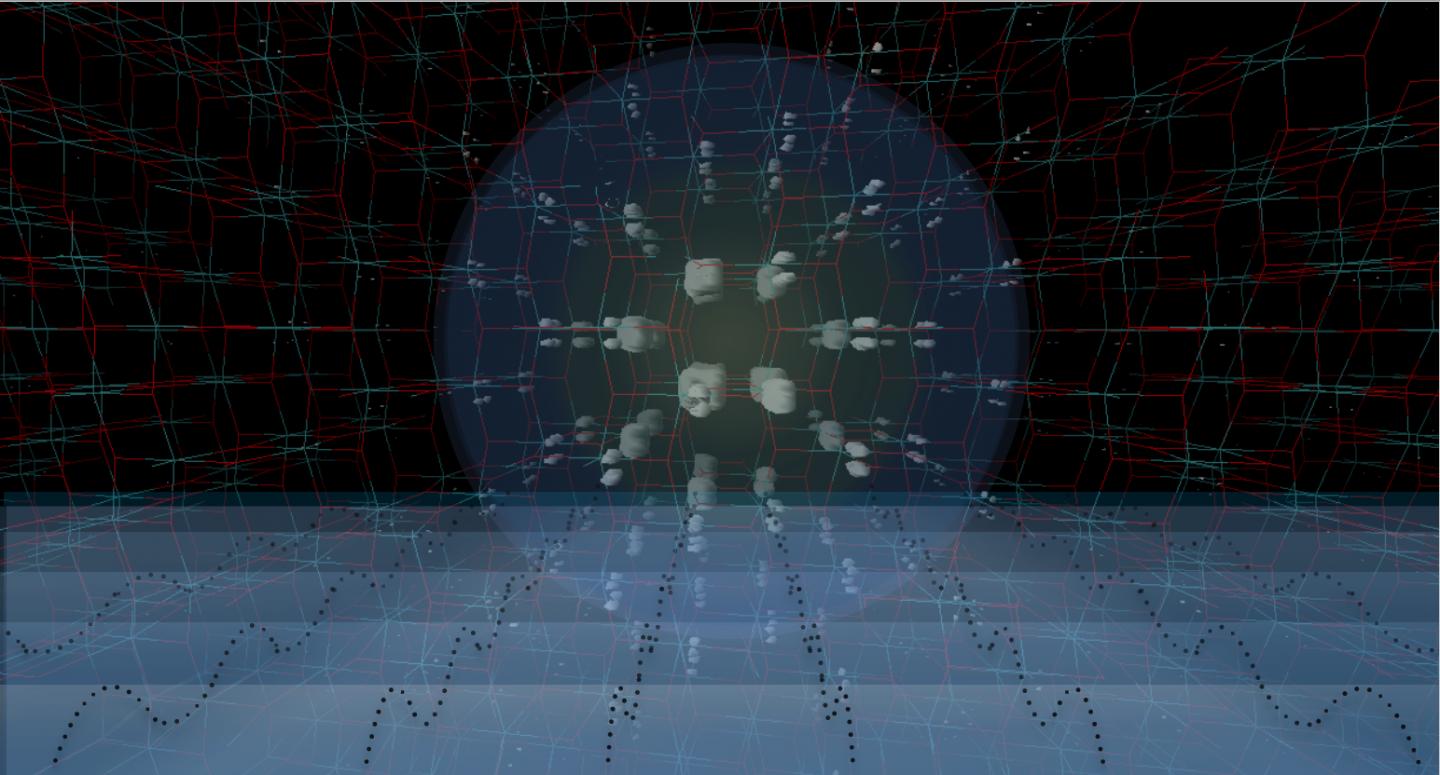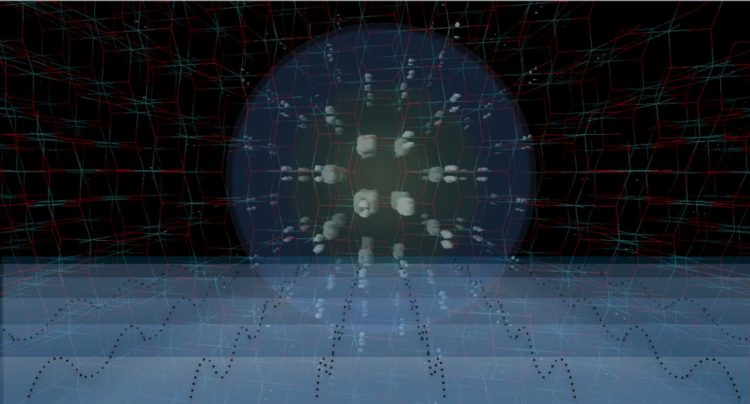
Credit: Adriel Dominguez (Max Planck Institute, Hamburg)
One of the main challenges in materials science research is to achieve high tunability of the optical properties of semiconductors at room temperature. These properties are governed by “excitons”, which are bound pairs of negative electrons and positive holes in a semiconductor.
Excitons have become increasingly important in optoelectronics and the last years have witnessed a surge in the search for control parameters – temperature, pressure, electric and magnetic fields – that can tune excitonic properties. However, moderately large changes have only been achieved under equilibrium conditions and at low temperatures. Significant changes at ambient temperatures, which are important for applications, have so far been lacking.
This has now just been achieved in the lab of Majed Chergui at EPFL within the Lausanne Centre for Ultrafast Science, in collaboration with the theory groups of Angel Rubio (Max-Planck Institute, Hamburg) and Pascal Ruello (Université de Le Mans). Publishing in Science Advances, the international team shows, for the first time, control of excitonic properties using acoustic waves. To do this, the researchers launched a high-frequency (hundreds of gigahertz), large-amplitude acoustic wave in a material using ultrashort laser pulses. This strategy further allows for the dynamical manipulation of the exciton properties at high speed.
This remarkable result was reached on titanium dioxide at room temperature, a cheap and abundant semiconductor that is used in a wide variety of light-energy conversion technologies such as photovoltaics, photocatalysis, and transparent conductive substrates.
“Our findings and the complete description we offer open very exciting perspectives for applications such as cheap acousto-optic devices or in sensor technology for external mechanical strain,” says Majed Chergui. “The use of high-frequency acoustic waves, as those generated by ultrashort laser pulses, as control schemes of excitons pave a new era for acousto-excitonics and active-excitonics, analogous to active plasmonics, which exploits the plasmon excitations of metals.”
“These results are just the beginning of what can be explored by launching high-frequency acoustic waves in materials,” adds Edoardo Baldini, the lead author of the article who is currently at MIT. “We expect to use them in the future to control the fundamental interactions governing magnetism or trigger novel phase transitions in complex solids”.
###
Other contributors
University of the Basque Country
Max Planck Institute for the Structure and Dynamics of Matter
Simons Foundation (Flatiron Institute)
CNRS Joint Research Units
Reference
Edoardo Baldini, Adriel Dominguez, Tania Palmieri, Oliviero Cannelli, Angel Rubio, Pascal Ruello, Majed Chergui. Exciton control in a room temperature bulk semiconductor with coherent strain pulses. Science Advances 29 November 2019. DOI: 10.1126/sciadv.aax2937
Media Contact
Nik Papageorgiou
[email protected]
41-216-932-105
Related Journal Article
http://dx.





